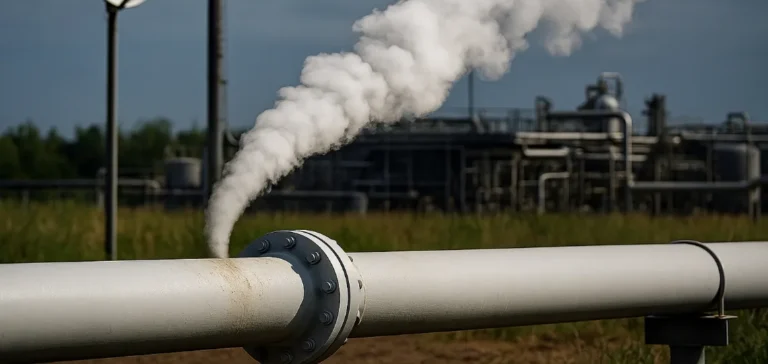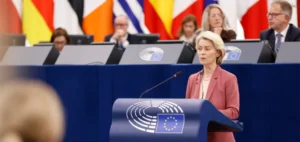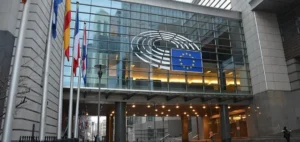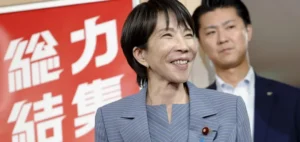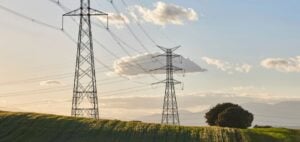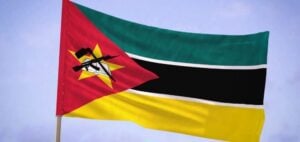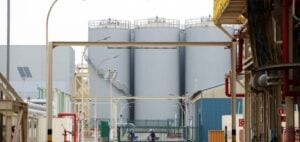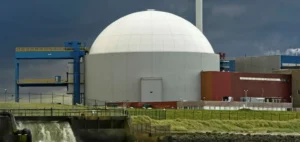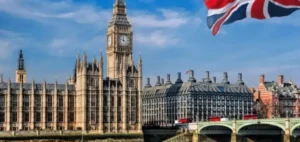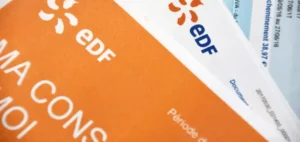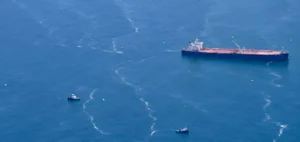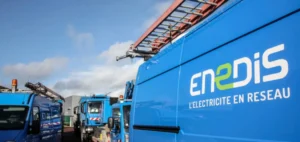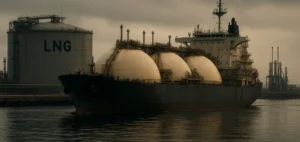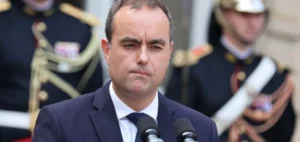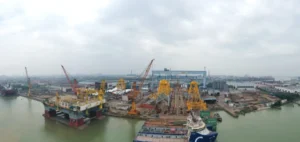Satellite alerts on methane exceed 3,500 cases and the response rate has reached 12%, under the system led by the United Nations Environment Programme (UNEP). This oversight relies on the Methane Alert and Response System (MARS), which notifies authorities and operators when significant emissions are detected. The International Methane Emissions Observatory (IMEO) aggregates detections and tracks corrective execution. In the oil and gas chain, the Oil and Gas Methane Partnership 2.0 (OGMP 2.0) expands in-situ measurement and alignment of reports.
Regulatory framework and import requirements
The European Union embeds measurement, reporting and verification (MRV) into new hydrocarbon import contracts through mandatory clauses. The European Commission introduces methane intensity (MI) as the reference metric, with a harmonised methodology expected and per-contract reporting at import. A “super-emitters” mechanism compels rapid reaction by member states after detection, bringing operations closer to satellite surveillance. The whole setup creates an extraterritorial effect: exporters outside the EU must demonstrate MRV/MI equivalence to secure market access.
In the United States, the waste emissions charge (WEC) is suspended, reducing the domestic price signal, while the Environmental Protection Agency Super Emitter Program (SEP) maintains obligations for detection and intervention. This divergence elevates EU requirements as the contractual reference for flows destined for the European market. Japan, via the Ministry of Economy, Trade and Industry (METI), mobilises satellite capabilities and coordinates the liquefied natural gas chain to standardise traceability. A dedicated ministerial segment strengthens technical convergence between industry and authorities on leak data.
Market effects: liquefied natural gas and steelmaking
Low-methane liquefied natural gas (LNG) is emerging as commercial differentiation, with potential premia linked to contractualised MI. Buyers incorporate leak detection and repair (LDAR) and vapor recovery unit (VRU) specifications into tender requirements. Sellers align instrumented measurement and aerial inspections to document performance and reduce litigation risk. Availability of verifiable time series becomes a selection factor alongside price and logistical flexibility.
IMEO’s Steel Methane Programme targets methane from metallurgical coal, with annual emissions near twelve million tonnes. Abatement through ventilation air methane (VAM) and drainage systems represents a cost near 1% of steel’s price, based on published technical parameters. Buyers introduce coal mine methane (CMM) criteria into offtake requests, affecting exporters from Australia, Russia and China. Upstream methane traceability becomes a condition for steel contracts beyond standard carbon metrics.
Operations, CAPEX and operators’ governance
For hydrocarbon producers, maintenance cycles now include recurring LDAR campaigns, sensor calibration and documented repair tracking. CAPEX envelopes shift toward oxidation equipment, VRUs and high-frequency measurement systems, with prioritisation of the most leak-prone units. Coal operators intensify VAM and drainage projects at gassy shafts, prioritising sites with rapid returns. Supply chains add aerial and satellite mapping providers to substantiate disclosures.
Within OGMP 2.0, sixty-five companies have reached the “Gold standard” and represent about 17% of global production, while roughly fifty more follow the “Gold standard pathway” covering about 15%. Twenty-two companies report emissions without yet meeting full criteria, indicating a methodological catch-up underway. OGMP 2.0 members report around 2.5 million tonnes of methane after refined measurement, up from 2.0 million previously, revealing previously underestimated sources. IMEO documents validated mitigation actions across several jurisdictions, providing replicable case studies.
Contractual risks and supply chain
Failure to respond to MARS alerts exposes operators to accelerated remediation clauses and possible non-renewal on the European market. Importers require continuous chains of evidence, including raw data, intervention reports and third-party verification. Instrumented MRV is required alongside quality specifications, with penalties when declared measurements diverge from independent imaging. Insurers and financiers re-rate files with measured time series and scheduled reduction pathways.
Volumes avoided through repairs and anti-flaring can free up to about one hundred billion cubic metres equivalent of marketable gas, based on sector reference estimates. This potential strengthens security of supply and weighs on risk premia when corrections persist. Price arbitrage incorporates MI and MRV reliability, reinforcing the position of sellers able to provide verifiable trajectories. The market adapts its evaluation grids to include methane performance as a standard variable in contracts.
LNG chains oriented toward the European Union reinforce upstream audits, with multi-year reduction plans and asset-level milestones. United States operators align with European standards when targeting European buyers despite the weaker domestic price signal. Japan consolidates its role as a data hub for Asian importers, creating convergence between suppliers and utilities. Trade among Australia, Russia and China around metallurgical coal progressively integrates VAM and drainage parameters into commercial negotiations.
For leadership teams, governance integrates MI indicators into risk committees and incentive policies. Boards require asset-level emissions mapping, prioritisation plans and regular independent audits. Consolidated IMEO data facilitates peer comparison and gap analysis. Buyers structure periodic review clauses to adjust price or volumes based on measured results.


